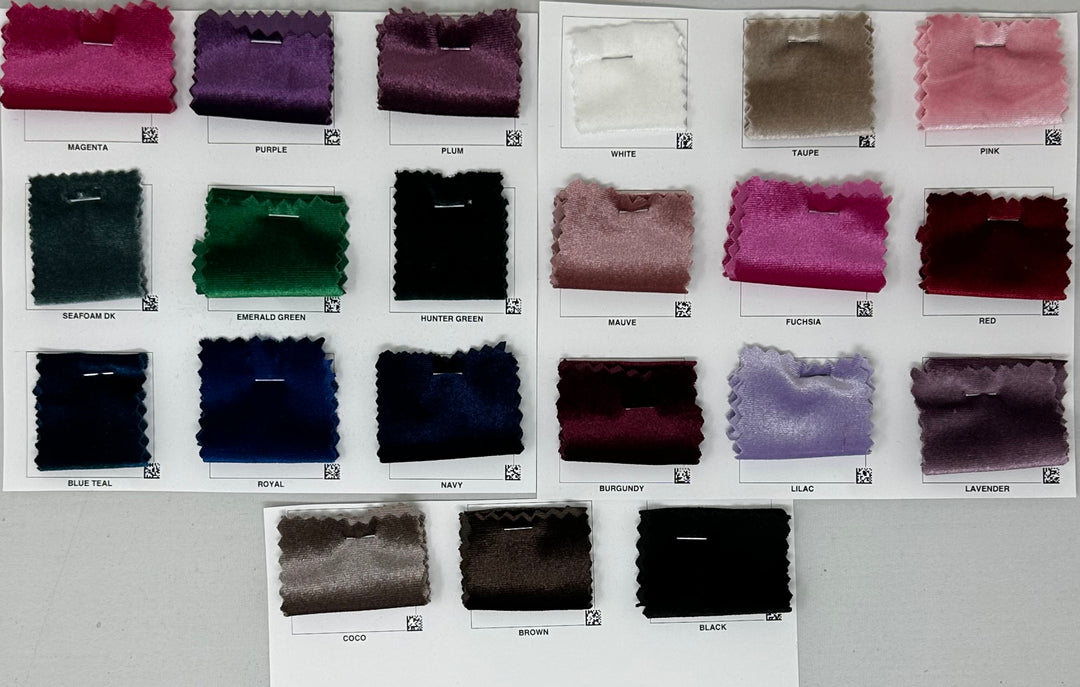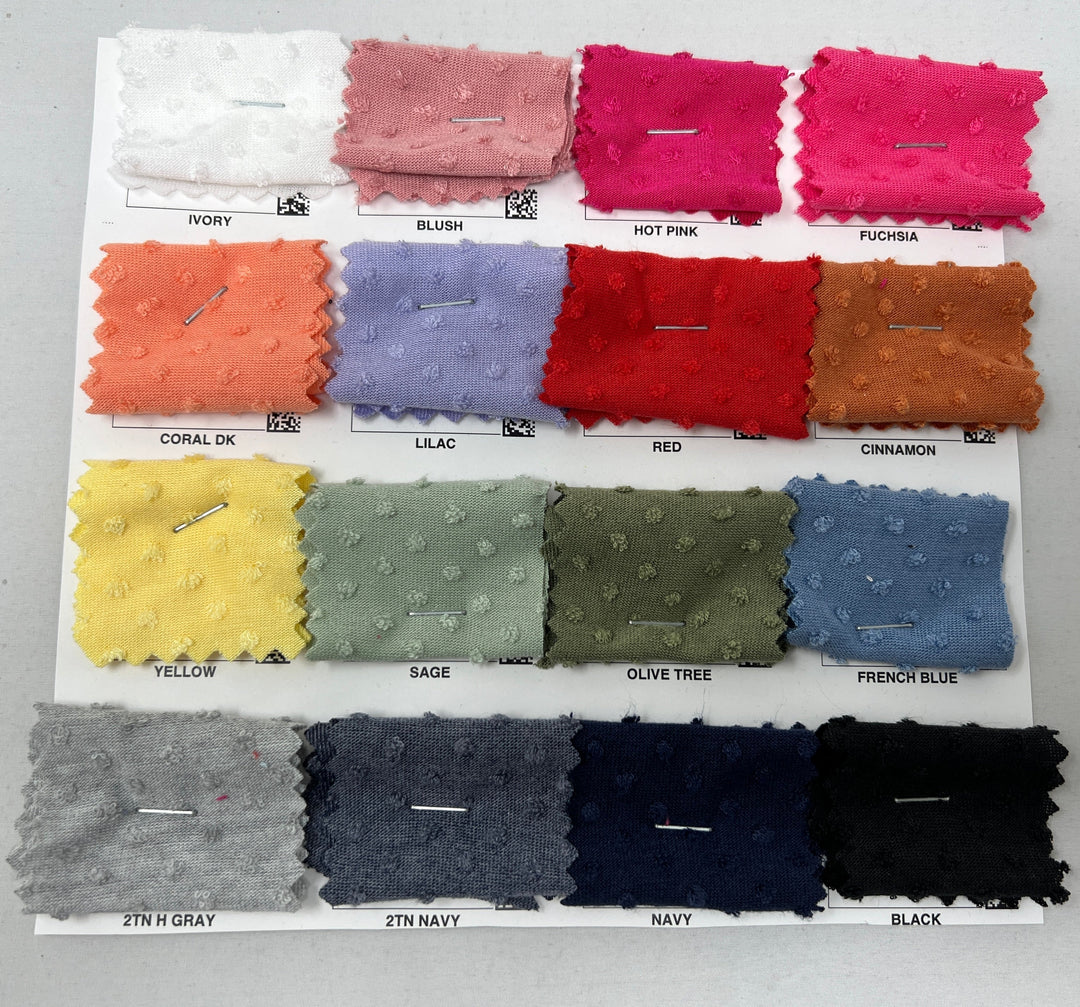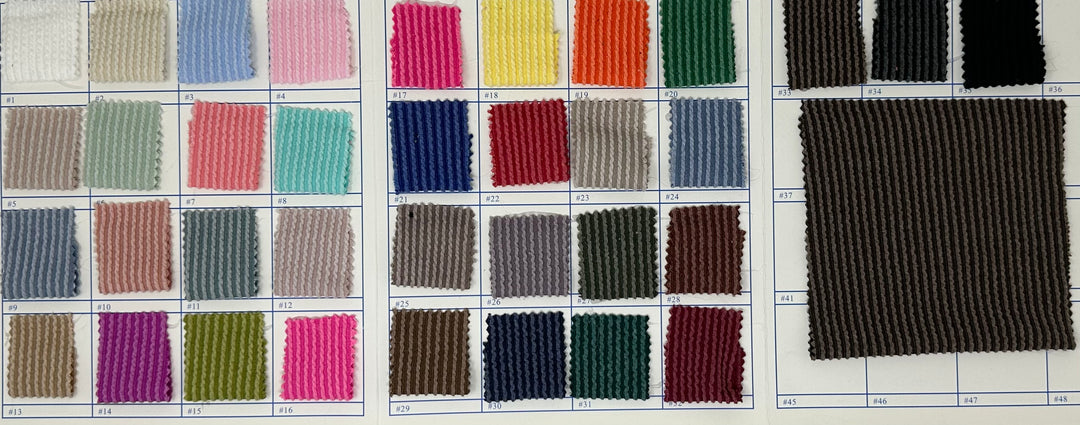The Ultimate Guide to Sewing With Stretchable Fabric


Stretchy clothes are more popular than ever, thanks to athleisure. They’re incredibly versatile, plus they don’t wrinkle or fray! You can run errands in the comfortable clothing you also work out in.
Perhaps you’re ready to jump on the bandwagon and sew a new pair of leggings. First, you must understand that stretchable fabric is more challenging to work with. Keep reading to discover a guide to help you sew with stretchable fabric.
Where Does the Stretch Come From?
There are two common types of stretchable fabrics: knit and woven. You understand weaving fabric if you had a loom for creating potholders in your house as a child. And if you have ever seen crocheting or know how to do it, then you understand the basics of how individuals develop fabrics.
Woven fabrics resemble basket weaving in a way. The threads go from left to right, under and over, and through perpendicular straight lines. The manipulated loops of fabric string together to create knitted materials. Because of how the threads combine, the results provide the material with room to stretch. Crocheted and hand-knitted items will typically stretch in many directions. There are two types of stretch materials:
- Two-way (horizontal): These fabrics can only stretch left to right. You can also find them called one-way stretch materials to make matters more confusing.
- Four-way (vertical/horizontal): These materials stretch in all directions. People also refer to them as two-way stretch fabrics or double knits. Our favorite wardrobe staples, such as leggings and t-shirts, use four-way stretch fabrics.
Common Types of Stretch Materials
It’s a good idea to familiarize yourself with the different kinds of knit fabrics. If you’re using a pattern, you can usually find a list of recommended fabrics. Now you can make an educated decision when you’re purchasing knit fabric online. Let’s look at a few of the most common types of stretch materials.
- Rib Knit: Looking at a rib knit up close, it appears comparable to the bottom of a knit sweater or a cuff. Rib knit contains obvious vertical lines and is typically a medium to heavy fabric. You can use knit 2, purl 2, or a similar combination in knitting.
- Jersey Knits: This knit is most likely the most popular four-way stretch fabric. The best uses for this material are tank tops, t-shirts, and leggings. If you examine jersey knits closely, you can see they resemble hand knitting. Jersey knits are straight rows of knitted fabric. The lines run horizontally on the back and vertically on the front of the material.
- Interlock Knit: Interlock fabrics appear the same on both sides. They’re available in various weights, and they only use a single stitch.
Again, if you’re using a pattern, your best bet is to follow the pattern suggestions.
Deciding on the Right Stretch
Not all knits have the same stretch factor. You should check the stretch capacity before deciding on a suitable fabric for your pattern. One excellent way to test the stretch of a particular material is to use a 5-inch wide piece of fabric and a foot-long ruler.
Hold the piece of material firmly against the beginning of the ruler, then pull it along the ruler until it resists stretching. If it has extended to the 10-inch mark, the material has 100 percent stretch capacity. If it only reaches 7.5 inches, the fabric only has 50 percent stretch capacity.
If you’re nervous about how a knit material will behave with a complex pattern, you can make a test item with a less expensive knit. You could even use a light muslin fabric.
Cutting Out and Choosing Patterns
Simple cuts and minimal extras are the best patterns for knits. People commonly use them for workout and casual clothing items because they’re comfortable and easy to wear. Some materials have a soft drape, and you can use those to create dressier garments.
Unless you’re working with knit vinyl, the first step is to pre-wash the clothing to avoid shrinkage. You could run into an issue of curling edges on lightweight knits. This problem makes it challenging to cut the fabric. Lightly spray the material with starch and iron to prevent this issue. You can always wash the starch out later if needed.
To prevent snagging, you must ensure the cutting tools are sharp. You’ll find that stretchable knit fabrics won’t unravel or fray, but they can snag. Avoid pulling the edge as you sew or cut, and ensure you cut on a flat surface for accuracy and control. Utilize ballpoint pins or clips to keep the material in place. These tools won’t grab the flexible fibers.
Fabric weights are another excellent option, but you must be careful not to stretch the fabric as you place them. Tumbled or polished rocks work well if you don’t have fabric weights. Just make sure the weighted items are smooth.
Sewing Knit Tips
Before you begin sewing, you should check your machine. Run a test fabric for stitch length, width, and tension. Carefully read the instructions to understand any special adjustments for unusual presser feet.
Pin To Prevent Slipping
Pin pieces together to avoid slipping. You need to anchor the pieces together, especially when sewing a stretchable fabric to a non-stretchable fabric. If you don’t, you could end up with disastrous results.
Begin Away From the Edge
You can draw the lightweight materials into the bobbin area when you begin at the edge. It’s helpful to start a little away from the edge. Extend the fabric with the end at the back end of the presser foot. Turn the piece around and wrap up the seam from further along with the stitching to the edge.
Place Tissue Paper Underneath
If the fabric you’re using is too lightweight or too stretchy to sew, place a piece of tissue paper underneath the material. Tissue paper adds stability, and it’s easy to remove afterward.
Never Pull the Fabric As You Sew
You’ll end up with a stretched-out or puckered seam if you pull while you sew. Let the machine do the work for you, and use a light touch to help guide the fabric through the sewing area evenly.
If you follow this ultimate guide to sewing with stretchable material, you’ll achieve excellent results. These popular materials are a bit more challenging to work with, but they create lovely garments. Happy sewing!
















